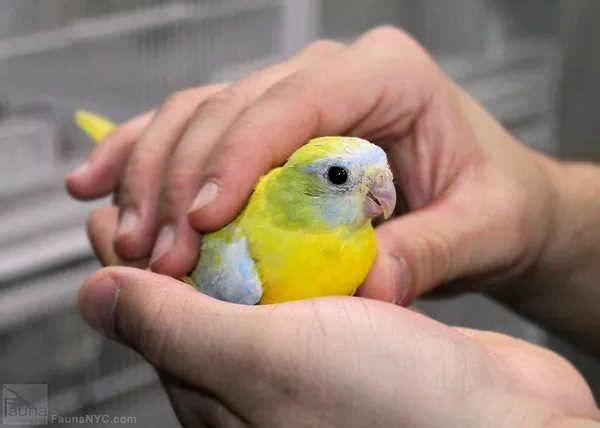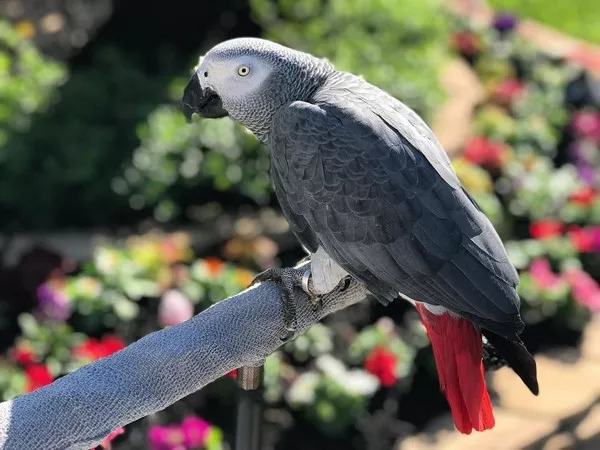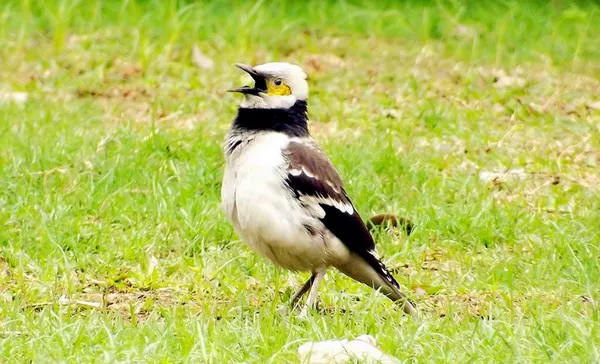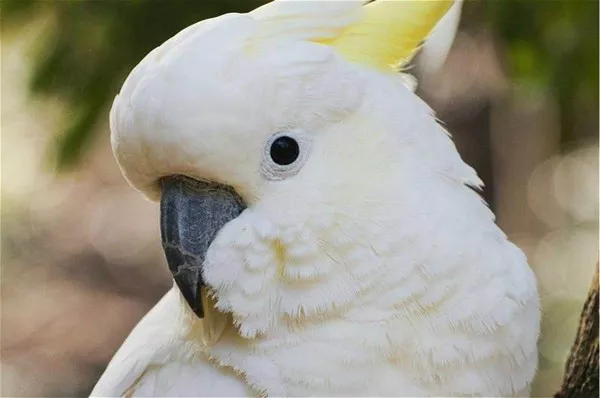Training a ringneck parrot can be a rewarding and enjoyable experience for both you and your feathered friend. Ringneck parrots are known for their intelligence and ability to learn, and with patience, consistency, and positive reinforcement, you can teach your ringneck parrot to perform tricks, mimic words, and even learn basic commands.
Step 1: Build Trust
The first step in training your ringneck parrot is to build trust. When you first bring your parrot home, give them plenty of space and time to adjust to their new surroundings. Offer them food and water, and talk to them softly and calmly. Once your parrot has become comfortable with their new environment, you can start building trust by spending time with them every day, talking to them, and offering them treats.
Approach your parrot slowly and calmly, and avoid making sudden movements or loud noises that could startle them. Over time, your parrot will learn to associate you with positive experiences and will become more comfortable around you.
Step 2: Teach Basic Commands
Once your parrot has learned to trust you, you can start teaching them basic commands. Start with simple commands like “step up” and “step down.” To teach your parrot to step up, place your hand in front of their feet and say “step up” in a clear, firm voice. When your parrot steps onto your hand, praise them and offer them a treat. Repeat this process several times a day until your parrot responds to the command consistently.
To teach your parrot to step down, hold them close to your chest and say “step down” in a clear, firm voice. When your parrot steps down onto your hand or perch, praise them and offer them a treat. Repeat this process several times a day until your parrot responds to the command consistently.
Step 3: Reward Good Behavior
Positive reinforcement is key to training your ringneck parrot. Whenever your parrot performs a desired behavior or trick, offer them praise and a treat. This will help to reinforce the behavior and encourage your parrot to continue to perform it. Use a consistent reward, such as a small piece of fruit or a nut, so that your parrot knows what to expect when they do something good.
Step 4: Teach Tricks
Once your parrot has mastered basic commands, you can start teaching them tricks. Start with simple tricks like waving or nodding their head. To teach your parrot to wave, hold a treat in front of their face and say “wave.” When your parrot raises their foot, offer them the treat and praise them. Repeat this process several times a day until your parrot learns to wave on command.
To teach your parrot to nod their head, hold a treat in front of their face and say “nod.” When your parrot lowers their head, offer them the treat and praise them. Repeat this process several times a day until your parrot learns to nod on command.
Step 5: Teach Words and Phrases
Ringneck parrots are known for their ability to mimic words and phrases. To teach your parrot to talk, start by repeating a simple phrase, such as “hello” or “goodbye,” several times a day. Say the phrase clearly and slowly, and reward your parrot when they repeat it back to you. With patience and consistency, your parrot will learn to mimic words and phrases over time.
Step 6: Be Patient and Consistent
Training a ringneck parrot takes time and patience. Be consistent with your training and avoid getting frustrated if your parrot doesn’t pick up on a command or trick right away. Remember to use positive reinforcement and offer your parrot plenty of praise and treats for good behavior.
Step 7: Provide Enrichment
In addition to training, it’s important to provide your ringneck parrot with plenty of enrichment to keep them happy and healthy. Ringneck parrots are active and intelligent birds, and they need plenty of mental and physical stimulation to prevent boredom and promote good health.
Provide your parrot with plenty of toys and activities to keep them entertained. Rotate their toys regularly to keep things interesting, and offer them puzzles and other interactive toys that require them to use their problem-solving skills.
It’s also important to provide your parrot with plenty of exercise. Allow them plenty of time outside of their cage to stretch their wings and play, and provide them with perches of varying sizes and textures to help keep their feet and legs healthy.
Step 8: Be Respectful of Your Parrot’s Boundaries
While it’s important to build trust and provide plenty of positive reinforcement, it’s also important to be respectful of your parrot’s boundaries. Some parrots may not enjoy being handled or may be scared of certain objects or people. If your parrot shows signs of fear or discomfort, back off and try again later. Never force your parrot to do something they’re not comfortable with, as this can damage the trust and bond you’ve worked hard to build.
In conclusion, training a ringneck parrot can be a fun and rewarding experience for both you and your feathered friend. Remember to start by building trust, use positive reinforcement, and be patient and consistent with your training. Offer plenty of enrichment and respect your parrot’s boundaries, and you’ll be well on your way to having a happy and well-trained ringneck parrot.
Recommended reading: How to Train Indian Ringneck Parrot to Talk?


























